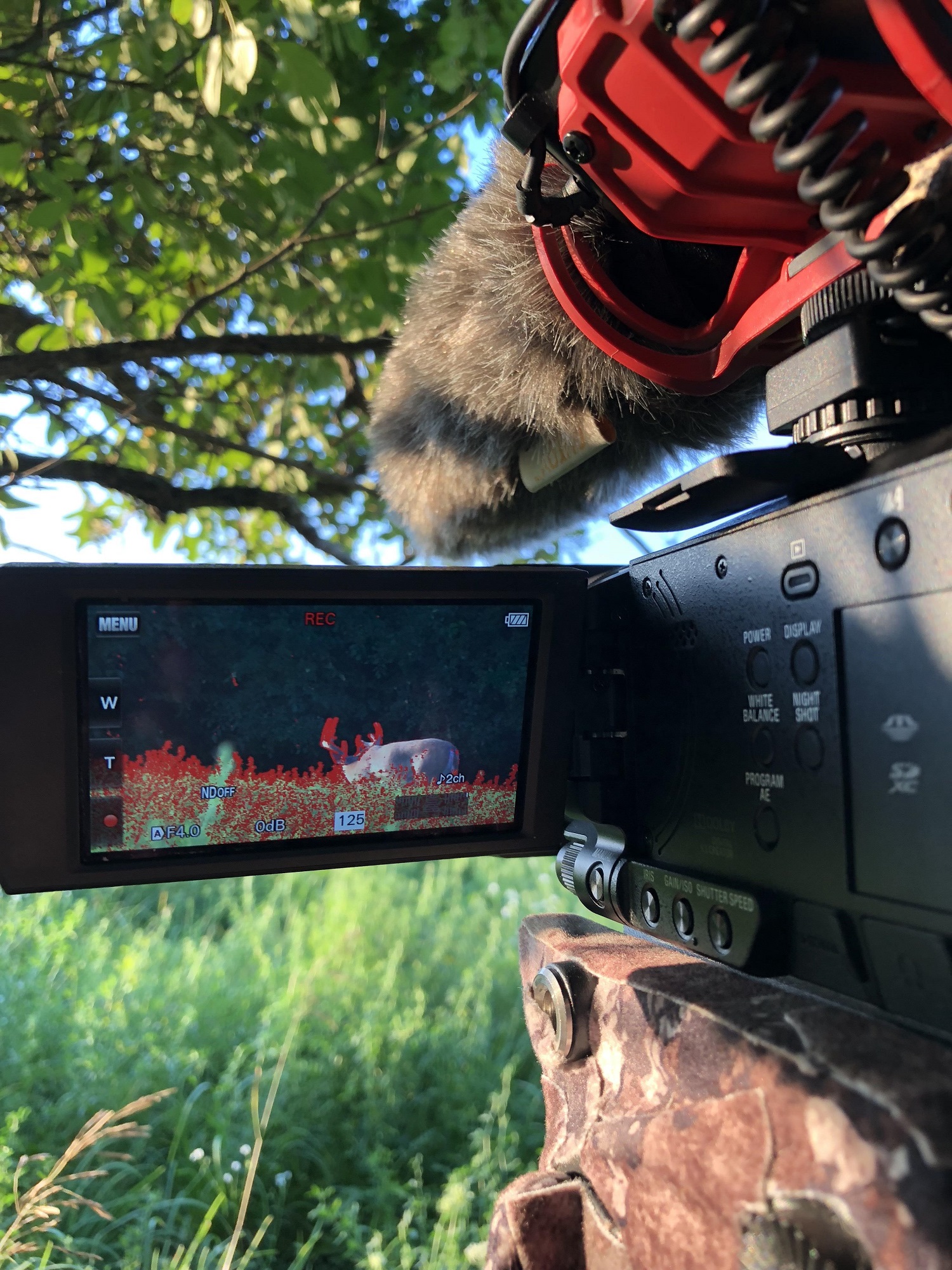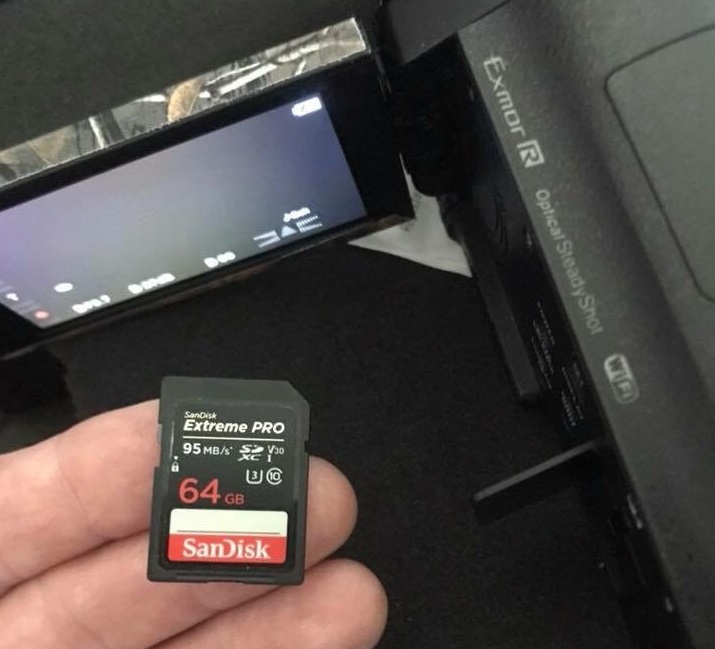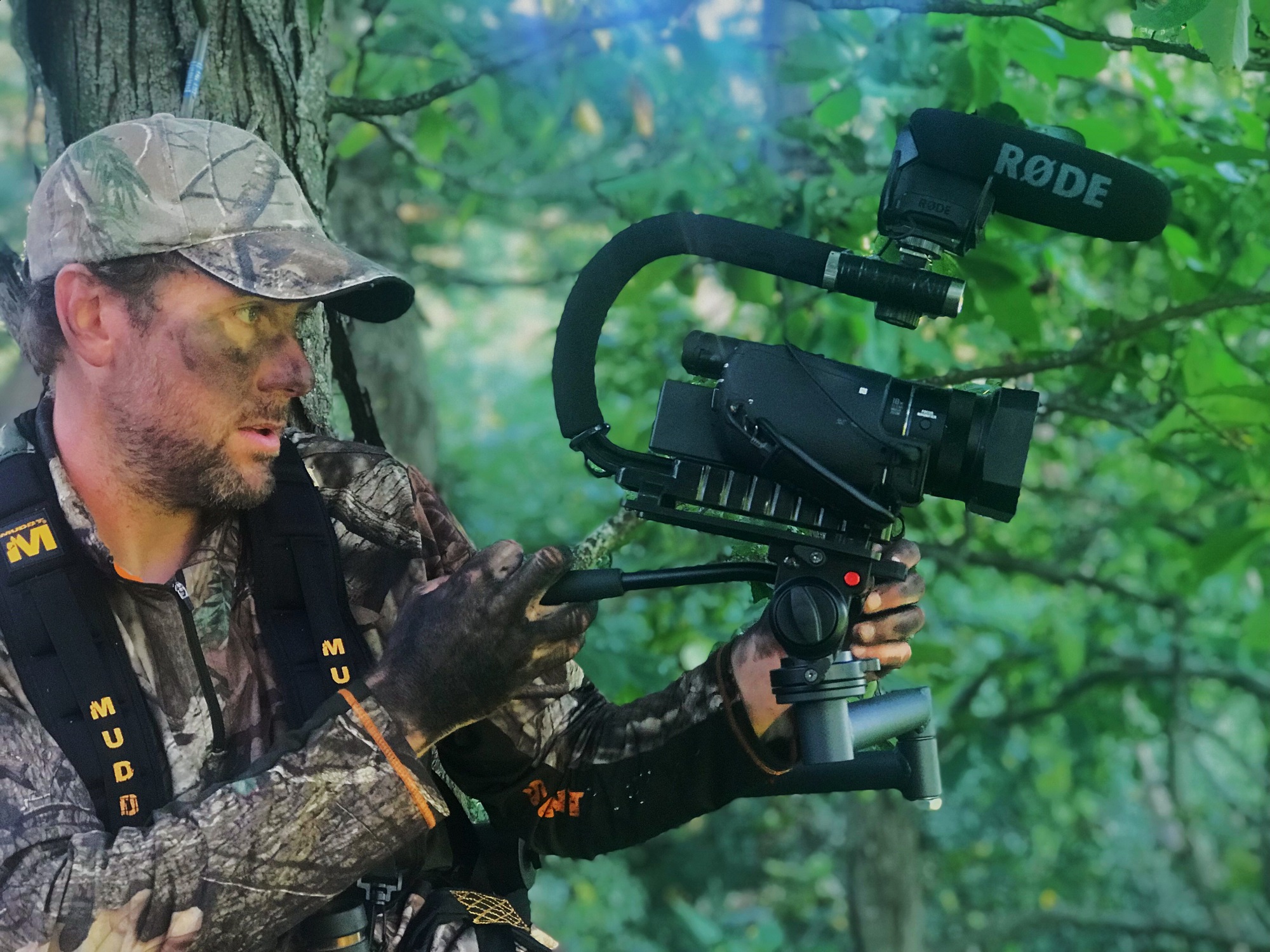Filming your hunt sounds simple. Bring a camera, press record, shoot the deer, and voila, you have a show. It’s that easy, right?
Wrong.
Filming hunts have grown in popularity at a tremendous rate over the last twenty years, even more so over the last ten. Online platforms like YouTube and Facebook have made it easy to share your videos and get them seen, but what goes into making a film seems to be an afterthought – what about post-production?
What are you filming your hunts for?
The first question a hunter filming their outdoor experiences should ask themselves is why they’re doing it – what do you intend to do with the footage? If it’s a personal quest without an intended audience reach, that’s very much different than the hundreds of “so-and-sos outdoors” channels on YouTube who are sharing episodes of their seasons with the vast public. Publicly sharing your hunt with the world is a big step, and like any product, if you don’t capture your audience on the first try you are less likely to gain subscribers and extend the reach of your work.
Once you narrow down the scope or influencing factor contributing towards your interest in filming, the next step is determining what gear you’ll need to do it right. Choosing a camera comes down to a few specific ideals that aren’t exactly obvious. In other words, if you don’t hear it from someone who knows, you may wind up with a product that’s hard to work with.
What camera equipment do you need to film your hunts?
The first thing I suggest to anyone asking for camera recommendations is to start with something inexpensive. You need to find out if filming your hunts is really for you. If you find yourself getting frustrated with the extra gear you’re packing in and aren’t developing a growing interest in taking things to the next level, at least you can sleep well at night knowing you didn’t over-invest.
A good starter camera for anyone looking to get their feet wet is a basic HD Handycam, capable of shooting in 1080, that may cost anywhere between $200 and $300. Handycam’s are small, light, inexpensive, and come with some built-in features that have really improved video quality over the last ten years. For example, innovative shake reduction makes up for the less experienced and shaky handed individual, and back-illuminated sensors have really come a long way in improving image quality in low-light situations.
If you’re wondering what it takes to take things to the next level and begin filming at a more professional level, solid intermediate professional camcorders and DSLR’s will cost between $1,500 and $2,000 to achieve good picture quality. The number one consideration when spending money on an intermediate-level camcorder or DSLR, is that no matter how good the visual is, without crisp audio a production will plunder. Spend the extra couple hundred dollars on an external shotgun mic and hot shoe to mitigate the internal mechanism hum of your camera and pick up on the crisp audio details of your surroundings that captivate an audience.

What mics do you need to film your hunts?
Ever watch a hunting show and wonder how the hunter is getting away with talking so loud in their treestand without scaring the deer away? Wireless lavalier microphones are the next step up from external shotgun mics. They’re small and simple to clip or pin on to your shirt or jacket collar with a short wire cable connecting to the transmitter you can slip in a pocket or clip to your belt. A quiet whisper can be tuned up to sound much louder than it does when it leaves the subject’s lips in-person, and definitely adds dynamic into an outdoor production since it tends to be such a quiet activity to begin with.
Camera features/accessories to enhance your hunt on-screen
Less obvious details to pay attention to when you begin producing high-quality films are frame rates, spot focus, and manual lighting controls to adapt to low-light scenes. The higher your frame rate, the smoother your overall picture, especially in slow motion.
Some accessories to consider for intermediate cameras are adding a polarized lens filter to your lens, an extended lens hood to shield extra light from overexposing your footage, and an extended eyecup to help the cameraman see how the camera is focusing on objects and picking up light – never trust the image in the LCD viewing screen, it can be misconceiving and appear much different when projected on a large TV monitor or desktop screen.
Most intermediate professional camcorders offer 4K as an image quality setting. It’s easy to get caught up in filming in 4K, after all, it looks great when you plug into your TV and watch back your clips. Unless you’re producing a film that you intend to burn onto Blue Ray discs or 4K discs, know that most online media platforms render your product down to 1080 for download and streaming. Why does this matter? Most cameras limit the frame rate to 30 FPS (frames per second), whereas filming in 1080 opens the option to film in 60 FPS, which means smoother footage that can be slowed down to stunning slow-motion shots for visual stimulation.
Once you become familiar with your camera it becomes relatively easy to toggle between 4K and 1080 on the fly. For instance, if I’m behind the camera and filming action like a hunter walking or a deer moving through the brush, I’ll film in 1080. If I’m up in a tree, the deer aren’t moving and I’m trying to capture cinematic scenes, like a spider web in the branches moving subtly with the thermals, I’ll toggle to 4K and capture that intimate scene with stunning clarity.
Memory cards
Whether you film in 4K or if you prefer to stick with 1080, don’t skimp out on your memory card. To record in 4K and high-definition 1080 you must have an SD card with a recording speed of at least 94 megabytes per second for premium quality. If you’re referred by a salesperson to buy an SDHC card, DON’T – they’re old news. The latest and greatest SD cards for recording high-definition scenes are labeled SDXC. Make sure your new card has a transfer rate of at least 30 MB/s, which is a step up from the old school U1 memory cards that only transferred at a rate of 10 MB/s. To put it simply, high-definition cameras will not record in premium quality if the transfer rate is slow, so don’t skimp, you need a U3 transfer rate label on your card. Lastly, make sure to buy a Class 10 transmission speed card, which allows the card to perform with all your cameras functions. A Class 10 card has a minimum serial data speed of 10 MB/s, up to 30 MB/s, depending on your image settings.

Editing your hunts in post-production
Now that you’ve had a crash course in cameras, what are you going to do with all the footage you capture?
If you’re an Apple user and own or plan to purchase an iMac, the Final Cut Pro X video editing software is superb for the price. For just a few hundred dollars you can edit in post-production to create stimulating films that compare closely to professionally produced films. The software has a lot of hidden keystrokes to perform functions less obvious to the beginner, but the software is full of them and once you become familiar and speak its language you’ll be making great films in no time.
I always recommend Adobe Premier for the Windows users. It’s comparable to Final Cut Pro X, but it’s more suited for Windows than the Apple program.
Filming your hunts can be a rewarding experience when done right, but it takes a lot of patience to perfect your craft. It’s a love/hate relationship with hunters and their camera gear, but it’s a way for outdoorsmen to share their experiences by bringing them to life in the comfort of their home. Despite the comradery sportsmen share, the outdoor lifestyle is very much an individual sport and filming those excursions provides a way for a hunter to tell their story in a way much different than traditional storytelling and writings.






